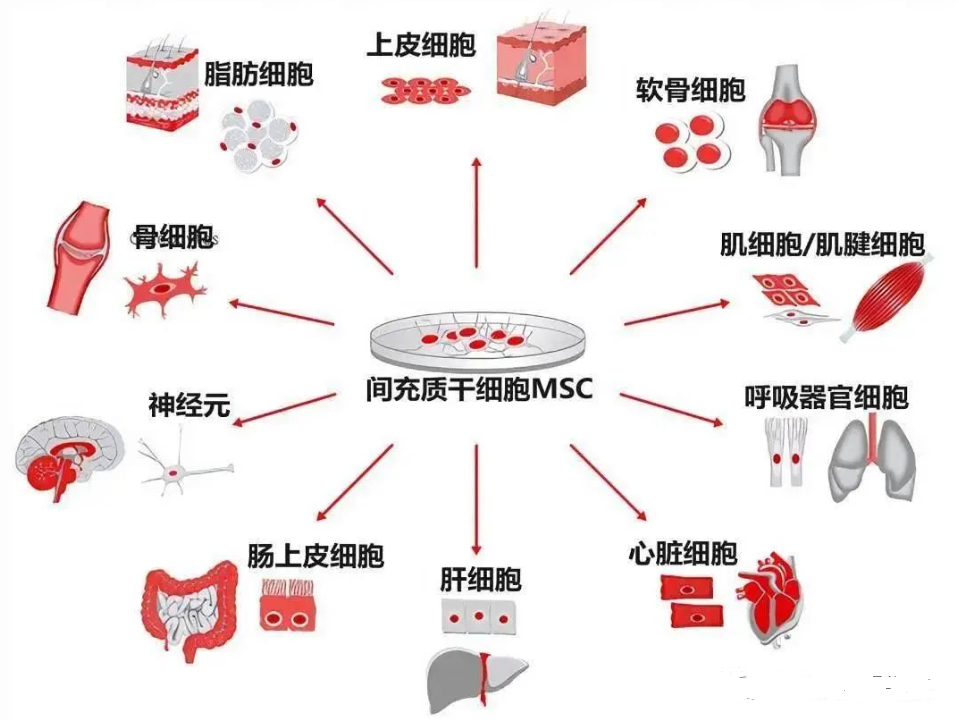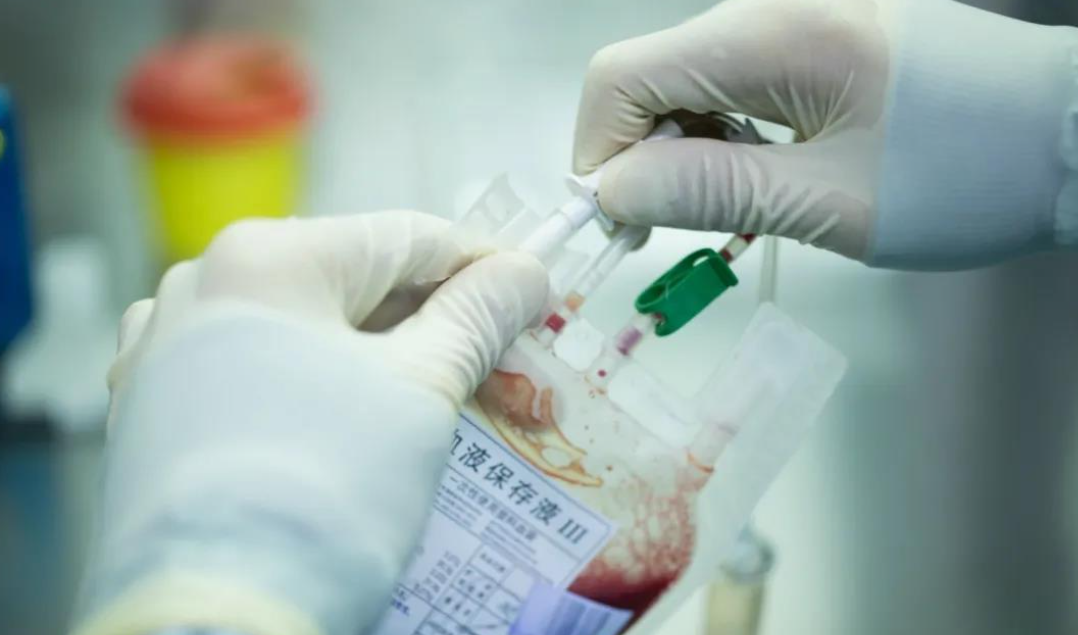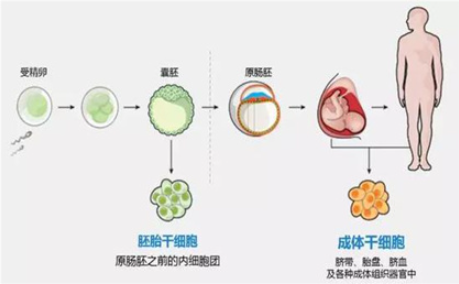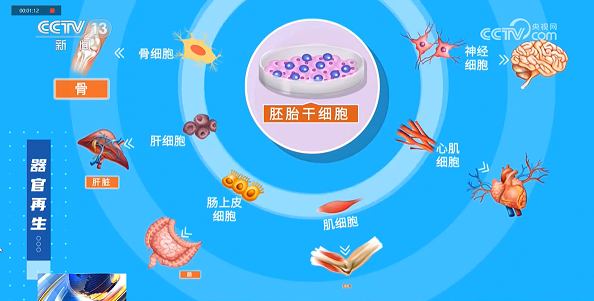
Source: Science China
The human dream of "immortality" is far from reach, but the discovery of stem cells provides a glimmer of hope for this dream. Stem cells, the "elixir of youth" hidden in our bodies, have become an important research object in the field of life science with their unique ability to regenerate and repair.
Here are five properties of stem cells that reveal why they are considered the source of human life. 1. The most widely used stem cells in the future: mesenchymal stem cells. Mesenchymal stem cells have attracted much attention because of their ability to differentiate into various tissue cells such as bone, cartilage, fat, nerve and muscle. They play a key role in repairing and recreating damaged tissues or organs in the human body and are occupying an important position in research to treat a variety of diseases.

2. Hematopoietic stem cells were the first stem cells to be used in clinic. Hematopoietic stem cells are the most numerous type of adult stem cells and are primarily used for transplant treatments, such as treating blood disorders. The preservation and use of cord blood has further broadened its application field. It is worth mentioning that the first successful application of hematopoietic stem cell transplantation dates back to the 1960s, marking a major milestone in stem cell therapy.

3. The most diverse stem cells: adult stem cells.There are many types of adult stem cells, including mesenchymal stem cells, neural stem cells, muscle stem cells, etc., which act as "repair technicians" in the body, able to replace cells that are damaged or die naturally.

4. The most revolutionary stem cell breakthrough: induced pluripotent stem cells (iPS cells). The discovery of induced pluripotent stem cells, which transform into embryonic stem cells by introducing transcription factors into somatic cells, solved the problem of the origin of embryonic stem cells and won its two discoverers, Shinya Yamanaka and Sir John Gurdon, the 2012 Nobel Prize in Medicine.

5. The most talked about stem cells: embryonic stem cells. Embryonic stem cells have attracted much attention for their ability to differentiate into virtually all cell types in and out of the body. Although the research is controversial, its potential to cure intractable diseases is exciting.

The key role of stem cells in self-repair and tissue regeneration cannot be ignored. As we age, the decline in the number and function of stem cells directly leads to aging and disease. Therefore, scientists are working hard to make breakthroughs in the treatment and delay of aging by extracting and growing stem cells.
The future of stem cell research is full of promise. It is not only the key to fighting aging, but also an important way for humans to understand the nature of life and treat serious diseases. With the deepening of research, stem cell science will eventually realize the millennium dream of human life extension.